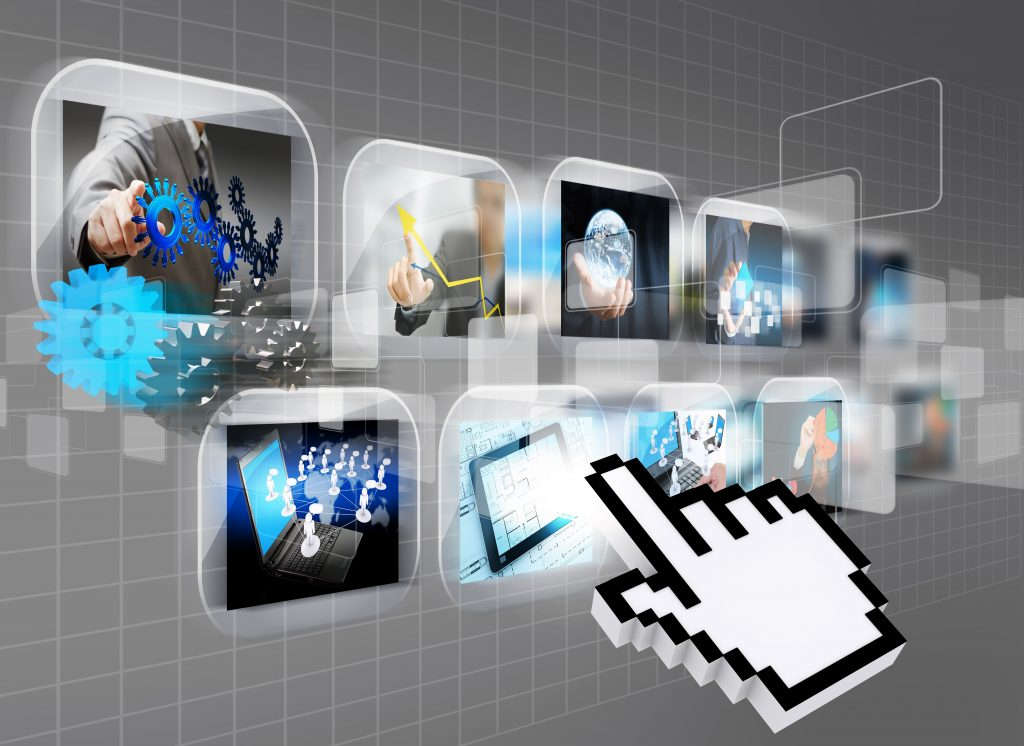The Internet of Things is Here – How Do You Feel About It?

Do you remember the 2002 movie by Steven Spielberg, “Minority Report?” This futuristic film featured Tom Cruise as the main character, PreCrime Captain John Anderton, who is the subject of a murder prediction based upon visions of the “Precogs.” And since, in the movie, the PreCrime police department has the authority to imprison would-be murderers, John Anderton bolts and a manhunt begins. And while the plot and storyline are thick and rich, many viewers wrestled with the technology involved during the man hunt. Although intriguing, most of us felt uneasy and squeamish about the possibility of that much interaction with technology. And now we have “The Internet of Things.” I believe author Jacob Morgan, Contributing Writer for Forbes, stated the explanation of IoT best:
Simply put, this is the concept of basically connecting any device with an on and off switch to the Internet (and/or to each other). This includes everything from cellphones, coffee makers, washing machines, headphones, lamps, wearable devices and almost anything else you can think of. This also applies to components of machines, for example a jet engine of an airplane or the drill of an oil rig. As I mentioned, if it has an on and off switch then chances are it can be a part of the IoT. The analyst firm Gartner says that by 2020 there will be over 26 billion connected devices… That’s a lot of connections (some even estimate this number to be much higher, over 100 billion). The IoT is a giant network of connected “things” (which also includes people). The relationship will be between people-people, people-things, and things-things.
Now back to the “Minority Report.” In 2014 Esquire wrote a piece titled, “The Movie That Accurately Predicted the Future of Technology.” Author Michael Howard shares:
Much of the sci-fi technology imagined in 2002 is a reality in 2014. Let’s count the ways:
Facial Recognition – Remember when having your phone tapped seemed invasive? The FBI’s new facial recognition service, NGI, allows law enforcement to scan your face or retina so that a computer can determine if it ranks in the top 50 mugs associated with a crime. Results come with 85-percent certainty, so rest easy-ish.
Personalized Advertising – In 2014, this is known as personalized retargeting or remarketing. Our modern equivalent is not quite as obnoxious as hearing your name shouted by John Anderton’s (Tom Cruise) inescapable holograms, but it’s not far from it.
Gesture-Based User Interface – Today, this same technology has expanded from the game world to the office and emergency rooms. Modern surgeons trust the hands-free tech to expedite life-and-death decisions.
Driverless Cars – Google was the first to take the driverless car seriously, and the concept is here to stay. Four states have already passed legislation to permit the hands-free vehicles: Nevada, Florida, California, and Michigan.
Voice-Automated Homes – You too can activate locks, lights, air conditioning and electronics with the power of your voice.
As an expert in audio visual services and equipment, I am excited about many of these uses. But I must ask myself, “Just because IoT is available, is IoT actually beneficial?” What do you think? How do you feel about the endless opportunities and challenges of being so connected?

